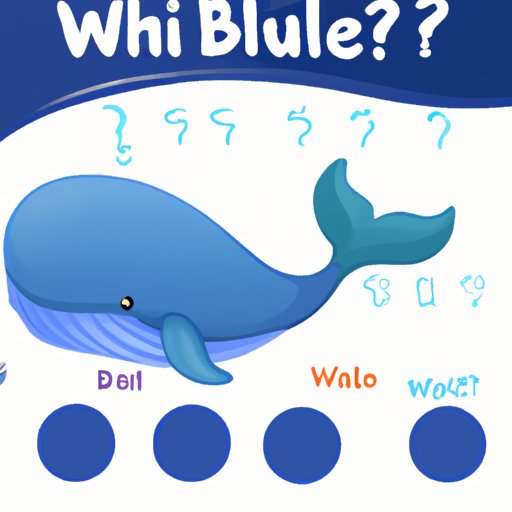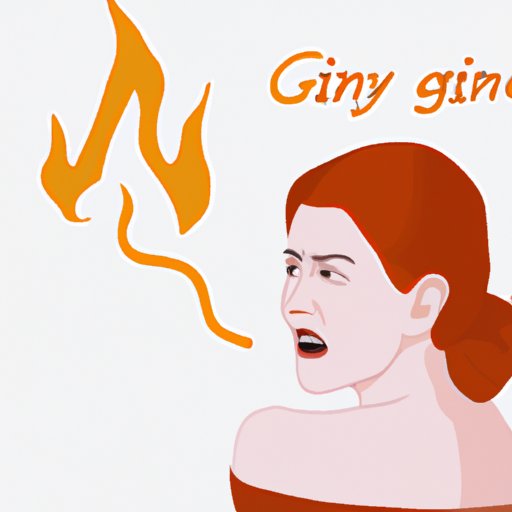This article explores the psychological, medical, and artistic factors that contributed to Vincent Van Gogh’s ear amputation, providing context for his life and work and praising the significance of understanding self-harm and seeking help for mental health issues.
Understanding the Blue Whale Game and its Impact on Society
The Blue Whale game is an online game that originated from Russia. It involves completing various challenges, resulting in self-harm or suicide. This article delves into the Blue Whale game’s mechanics, impact on young minds and society, psychology behind its allure, how to spot if your child is playing the game, criticism and backlash surrounding it and the role of social media and peer pressure in its proliferation.
Exploring Skye and her Journey in “13 Reasons Why”
This article delves into Skye Miller’s journey in “13 Reasons Why”, exploring how her experiences with mental health and self-harm shaped her character arc. It also analyzes the impact of the show’s depiction of these issues and encourages readers to seek help and support if needed.
Why Did Van Gogh Cut His Ear Off? Exploring the Tragic Story Behind One of Art History’s Most Infamous Incidents
Discover the true story behind Vincent van Gogh’s ear cutting and its significance in art history and mental health. This article examines the possible motives behind the incident and explores the link between mental illness and artistic expression. It also provides resources for individuals struggling with mental health issues and self-harm.
Why Did Ginny Burn Herself? A Comprehensive Analysis of the Factors and Risks of Self-Harm
This article provides a comprehensive analysis of the factors and risks of self-harm based on the case study of Ginny, a fictional character. It examines Ginny’s psychological demons, societal pressures, and coping mechanisms, and provides tips for seeking help. It also sheds light on the media and popular culture portrayals and stigma surrounding self-harm.




